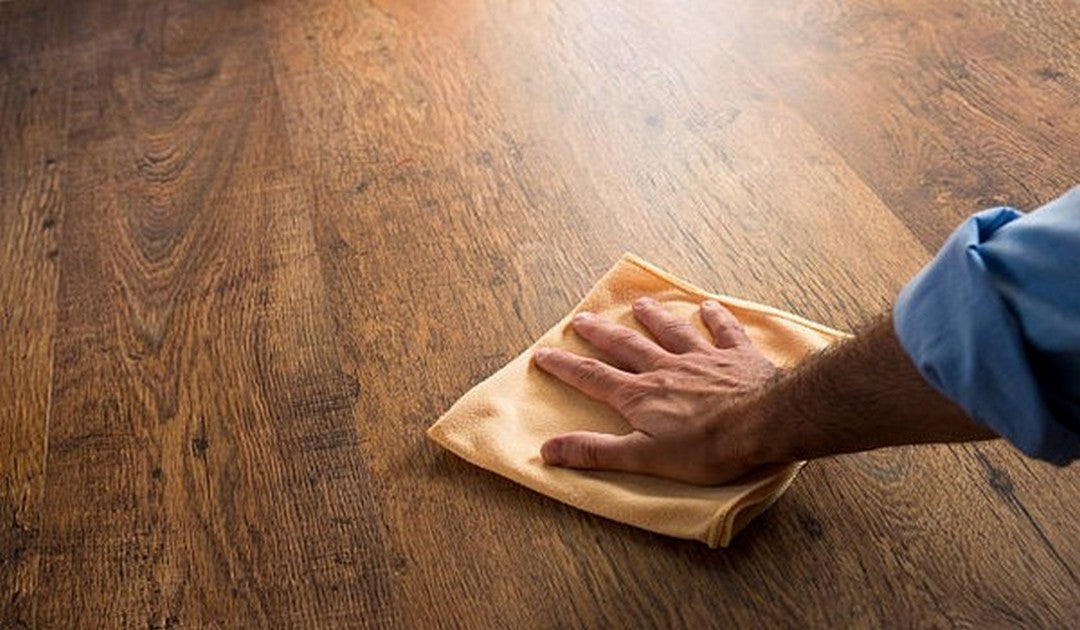If you’ve accidentally spilled or want to remove paint on your hardwood floors, don’t worry—it’s possible to remove it safely without damaging the wood. Hardwood floors are resilient, but they require specific care to avoid scratches, discoloration, or permanent damage. Here’s a guide to help you remove paint from hardwood floors effectively and with minimal risk.
Step 1: Identify the Type of Paint
The first thing to know is what type of paint you’re dealing with. Water-based paints, such as acrylic and latex, are generally easier to remove than oil-based paints. If possible, refer to the paint can for details if you’re not certain about the type. Knowing the paint type will help you determine the safest method for removal.
Step 2: Gather the Right Supplies
You’ll need a few supplies to get started. Here’s what typically works well:
Plastic scraper or putty knife – Avoid using metal, as it can scratch the hardwood.
Soft cloth or sponge – Use a clean, non-abrasive cloth.
Mild detergent – Dish soap mixed with warm water works well for water-based paints.
Rubbing alcohol or denatured alcohol – These can help with oil-based paint but should be used carefully.
Mineral spirits – Good for stubborn oil-based paints but must be used in moderation.
Protective gloves – shield your hands from any chemicals.
Water and a bucket – Essential for rinsing and cleaning.
Step 3: Test in a Small Area
Always test any product or solution in a hidden spot on the hardwood before applying it widely. This ensures that the method won’t damage the wood or alter its finish. Hardwood finishes can vary, so a test spot helps avoid any unintended reactions.
Step 4: Remove Wet Paint
If the paint is still wet, act quickly. Blot it up with a soft, damp cloth instead of rubbing, which can spread the paint and push it further into the wood. Gently wipe the area until the paint is removed, then clean it with a mild detergent solution. Quickly dry the area to stop moisture from soaking into the wood.
Step 5: Remove Dried Paint with a Plastic Scraper
For dried paint, use a plastic scraper or putty knife. Hold it at a slight angle and gently work under the paint to lift it. Be cautious not to apply too much pressure, as this can damage the hardwood. If the paint doesn’t come up easily, try softening it with a few drops of warm water or dish soap, letting it sit for a minute before scraping.
Step 6: Use Rubbing Alcohol or Mineral Spirits for Stubborn Paint
If scraping doesn’t fully remove the paint, apply a small amount of rubbing alcohol or mineral spirits to a soft cloth and dab it on the paint spot. Avoid soaking the cloth, as too much liquid can damage the hardwood. Gently rub the spot in a circular motion until the paint lifts. Wipe the area with a damp cloth afterward to clear away any leftover residue.
Step 7: Clean and Inspect
Once the paint is removed, use a mild detergent and water to clean the area and eliminate any remaining residue. Wipe the surface dry immediately. Inspect the floor to ensure there’s no lingering paint or product residue.
Once the paint is gone, you definitely can't leave it raw. You might want to bring back the natural look of your floor — see how you can refinish hardwood floors.
Final Tips for Preventing Damage
Avoid using harsh chemicals, sandpaper, or excessive force, as they can harm the wood. Stick to mild products and gentle methods. Taking a cautious approach will help preserve the integrity of your hardwood floors while effectively removing any paint spots.


